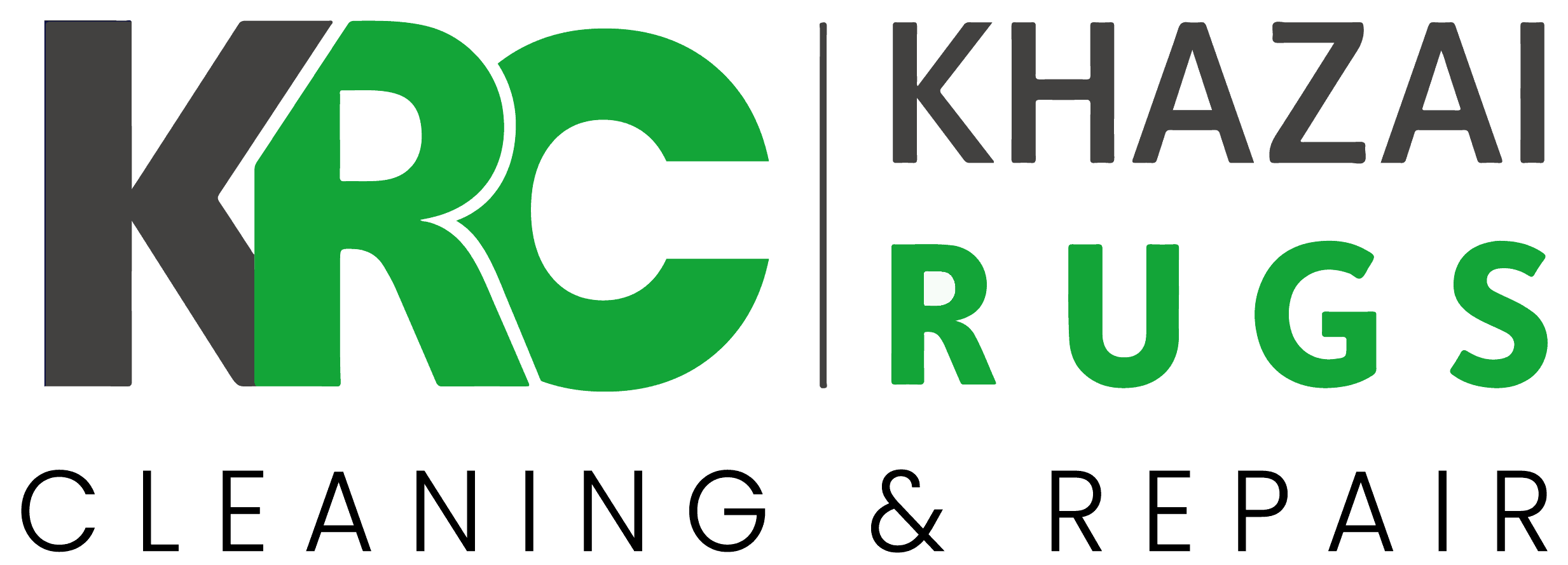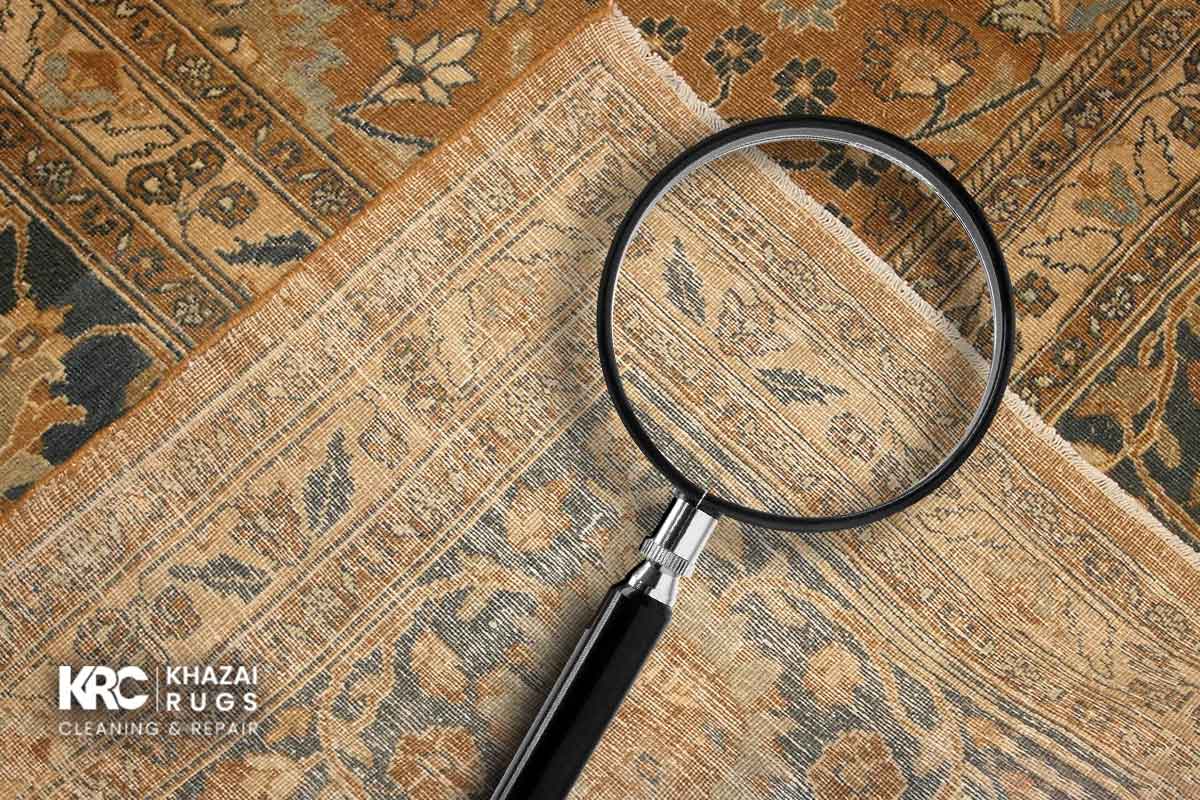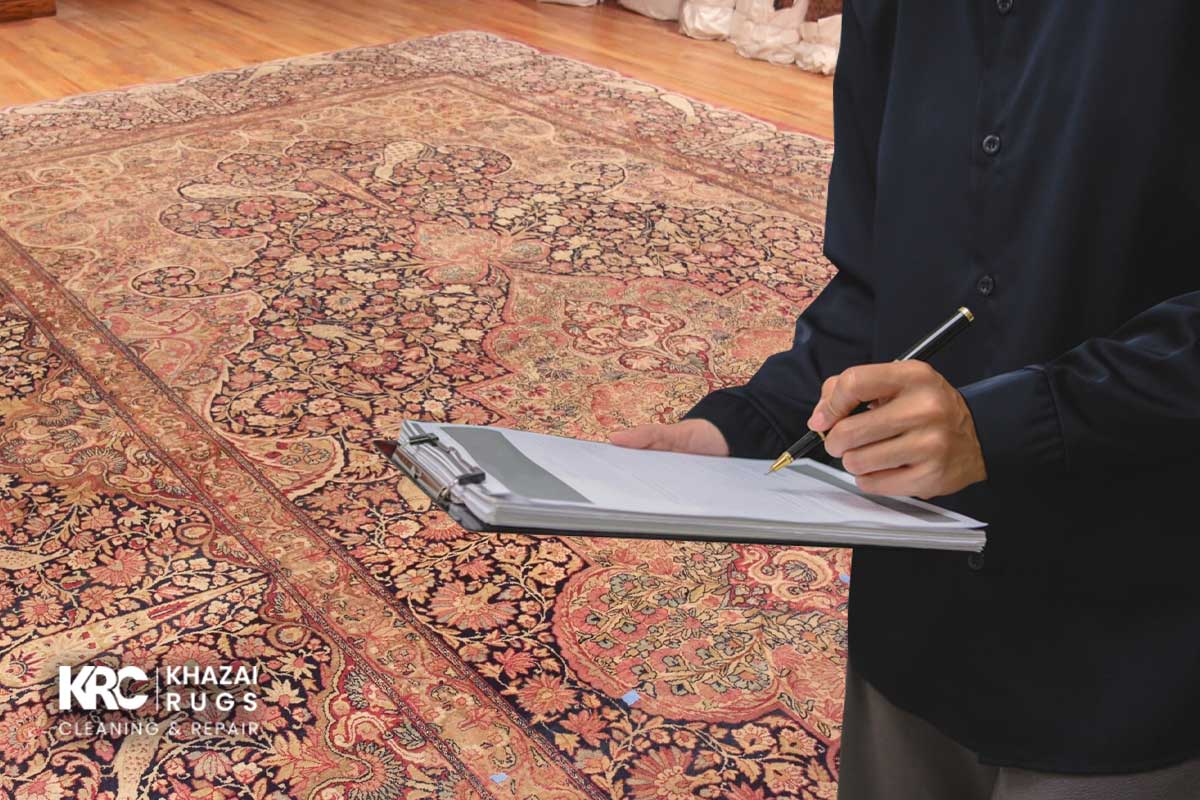The Most Overlooked Factors in Rug Appraisal
Rug appraisal sounds easy, right? Someone looks at your rug and tells you what it’s worth. But here’s the thing—it’s way more than that. A lot of small but important things often get ignored. We’re not just talking about the usual stuff like size or design. We’re talking about the hidden things that really affect a rug’s value. These are the overlooked rug appraisal factors that can quietly change everything.
In this article, we’ll walk through the stuff most people (and even some appraisers) miss. From the way a rug was stored to the type of dye used, these little things matter. At our Rug Appraisal Service, we’ve seen it all—and we always take time to spot the details that tell the real story.
At Khazai Rug Cleaning, we treat every rug with care. We look beyond the surface. We want to help you see what really matters when it comes to your rug’s value. So, let’s take a look at the top 10 overlooked rug appraisal factors you should know.
Why Some Rug Appraisal Factors Get Overlooked
Appraising a rug isn’t just about checking boxes. It’s about understanding the whole picture. Sometimes, people focus only on what they can see right away. Things like color or age get all the attention. But a lot more goes into it.
At our Rug Appraisal Service, we’ve had many people walk in expecting one thing and leave surprised. Why? Because of those small details that are easy to miss. Like where the rug came from, who fixed it, or how sunlight changed its color over time.
Often, the parts that get overlooked are the parts that matter most. That’s why we always look closer.
1. Knot Density (KPSI) and Weaving Precision
Let’s start with something many people miss: KPSI, or knots per square inch. This tells us how tightly a rug was woven. More knots usually mean more skill and more time spent making it. But you have to flip the rug and look closely to even notice.
It’s kind of like comparing a handmade painting to a printed poster. The tighter and cleaner the weave, the more value it often has. But not everyone checks this detail.
That’s why knot density is one of those important overlooked rug appraisal factors. We always check it because it can say a lot about the rug’s quality.
2. Provenance and Historical Context
Where a rug came from and who owned it before can really affect its value. This is called provenance. A rug from a special region can be more valuable, even if it looks simple.
Some rugs have a story. Maybe they were passed down in a family for generations. That story adds emotional and real value.
Many appraisers skip this part, but we always ask. At Khazai Rug Cleaning, we want to know your rug’s history. It helps us give you the full picture. That’s why provenance is one of the overlooked rug appraisal factors we take seriously.
3. Color and Dye Type
The color of a rug isn’t just about how it looks. It also tells us what kind of dye was used. Natural dyes age nicely. They fade softly and still look beautiful. Synthetic dyes? Not so much.
We often spot this when we clean rugs through our Rug Cleaning Service. Natural dyes hold up better over time, and that can really help a rug’s value.
Knowing the dye type is one of those overlooked rug appraisal factors that makes a difference, even if it doesn’t stand out at first.
4. Pile Condition and Wear Pattern
The pile is the soft top layer of a rug. It can show signs of wear from people walking on it. But not all wear is bad. Even wear can show that the rug was used and loved.
Uneven wear, though, is something else. It might mean damage or poor care. We look at the wear pattern to see how the rug aged.
At our Rug Repair Service, we see this often. And that’s why pile condition is one of the important overlooked rug appraisal factors we never skip.
5. Previous Repairs or Alterations
Has the rug been fixed before? That matters a lot. A good repair can help a rug last longer and keep its value. But a bad repair can lower its worth.
We’ve seen rugs with sloppy fixes that don’t match the original style. We’ve also seen amazing repairs that blend in perfectly.
That’s why we check for past repairs during appraisal. Every stitch tells a story. And it’s one of those overlooked rug appraisal factors that should never be missed.
6. Design Symmetry and Pattern Rarity
A lot of people don’t realize that symmetry and rare designs matter. If a rug has a hard-to-find pattern or perfect balance in its design, it can be worth more.
These small design choices show the weaver’s skill. Some designs are so rare they only show up in a few pieces.
That’s why we pay attention to design when doing an appraisal. Symmetry and rarity are often overlooked rug appraisal factors that quietly raise a rug’s value.
7. Framing, Stitching, and Selvage Integrity
The edges of a rug might not seem exciting, but they’re important. They help hold everything together. If the stitching or edges (called selvage) are damaged, the rug can fall apart over time.
Bad stitching can weaken the whole rug, even if the middle looks fine.
It’s not flashy, but this is one of the overlooked rug appraisal factors that keeps a rug strong and valuable.
8. Signature or Workshop Markings
Some rugs have small marks or symbols that show where they were made or who made them. These are like a signature.
They can turn a regular rug into something rare. But they’re easy to miss if you don’t know where to look.
We always keep an eye out for these. They’re one of those small overlooked rug appraisal factors that can really boost a rug’s value.
9. Environmental & Storage History
Where a rug has been stored matters; rugs kept in damp places can get mold or rot. Rugs in too much sunlight can fade.
Sometimes, a rug looks okay on the surface but has hidden damage. We always ask about where the rug has been.
This is one of those overlooked rug appraisal factors that even the rug owners forget about. But it matters more than you might think.
10. Market Timing and Demand Trends
Trends change. One year, a certain style might be in high demand. The next year, not so much.
If a certain pattern or color is popular, it can raise a rug’s value quickly. That’s why we always stay up to date on what buyers are looking for.
Ignoring trends is one of the most common overlooked rug appraisal factors. At our Rug Appraisal Service, we make sure to factor it in.
Conclusion
Appraising a rug is more than just looking at it. It’s about paying attention to every little thing. From the type of dye to the condition of the stitching, all these overlooked rug appraisal factors come together to tell the full story.
At Khazai Rug Cleaning, we look closely, ask questions, and take our time. Because we know every rug is different. And every detail matters.




